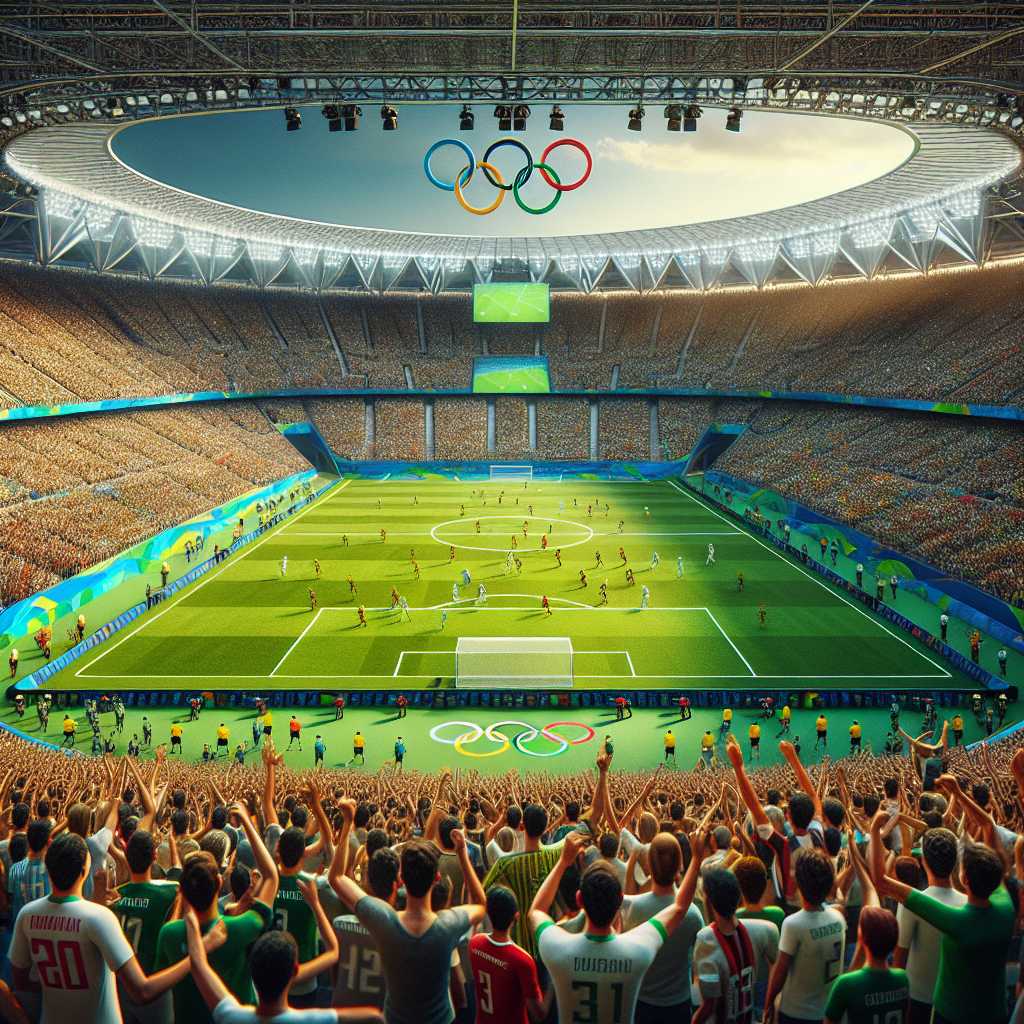# The Thrills and Glory of Olympic Soccer: A Comprehensive Overview
Olympic soccer, also known as football in many parts of the world, is one of the oldest and most celebrated sports in the history of the Olympic Games. With a global fan following and a longstanding tradition within the sporting community, Olympic soccer showcases incredible talent from nations around the world as they compete for gold.
The History of Olympic Soccer
Olympic soccer made its debut during the second modern Olympic Games in Paris in 1900. Initially considered a demonstration sport without official status, it quickly gained popularity, and by the 1908 Games in London, it was officially recognized as a competitive event. Over the years, Olympic soccer has gone through many transformations, including rules changes, format restructuring, and the integration of women’s soccer into the Olympics in 1996.
Competitive Structure and Rules
The competition format for men’s Olympic soccer has evolved to restrict participating players to be under 23 years old, with an allowance for up to three over-age players per team. This policy was implemented to differentiate the competition from others like the FIFA World Cup and accommodate clubs’ worries about releasing their star players. On the other hand, women’s Olympic soccer does not have age restrictions, enabling teams to field their strongest squads.
The tournament begins with a group stage where teams are divided into groups of four, playing round-robin style to determine which teams advance to the knockout rounds. Then, similar to most international tournaments, it progresses through quarterfinals, semifinals, and ultimately culminates in a medal match to determine the gold and silver medalists, while a third-place game decides the bronze.
Notable Teams and Moments
Throughout its history, Olympic soccer has witnessed some remarkable teams and players grace its pitches. The Hungarian team of the 1950s, Brazil’s under-23 squads featuring future stars like Ronaldo and Rivaldo, and the famous Nigerian team that triumphed at the Atlanta 1996 Games are just a few examples of historic successes.
Women’s soccer in the Olympics has also seen its fair share of iconic moments. The United States women’s national soccer team stands out for their remarkable achievements, with multiple Gold medals showcasing a period of dominance at the Games.
Impacts and Controversies
The presence of soccer in the Olympics has had a significant impact on player development as younger talent often make up part of Olympic rosters, giving them international exposure that can springboard careers. Additionally, for smaller soccer nations that may struggle to qualify for World Cups, Olympic participation is particularly prestigious.
However, issues such as scheduling conflicts with global leagues like UEFA’s Champions League or disputes over player releases between national associations and clubs have occasionally engendered controversy around Olympic soccer.
Future Prospects for Olympic Soccer
Over time, calls for changes like-even teetering with abolishing age restrictions or reverting back to full amateur participation have arisen. As soccer continues to grow globally and demands on players intensify due to packed schedules, how Olympic soccer adapts will say much about its future within an increasingly crowded sport calendar.
Recent Performances
Recent Olympic tournaments have seen various nations rise in prominence. Countries like Germany and Sweden on the women’s side and Brazil and Argentina on the men’s side have been particularly successful.
Notes
Image description: A view of an Olympic soccer stadium filled with fans during an intense match. The green pitch is pristine and well-maintained with the iconic five-ring Olympic symbol adorning its surroundings. Teams can be seen competing passionately as referees manage play – a scene exemplifying the excitement of Olympic competition.

